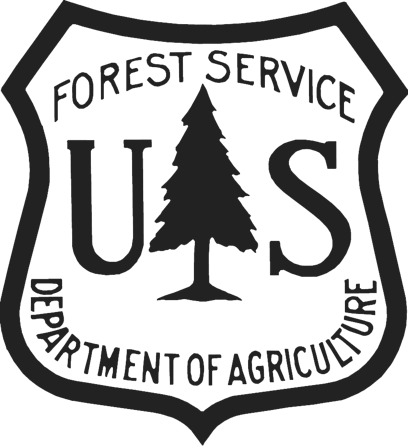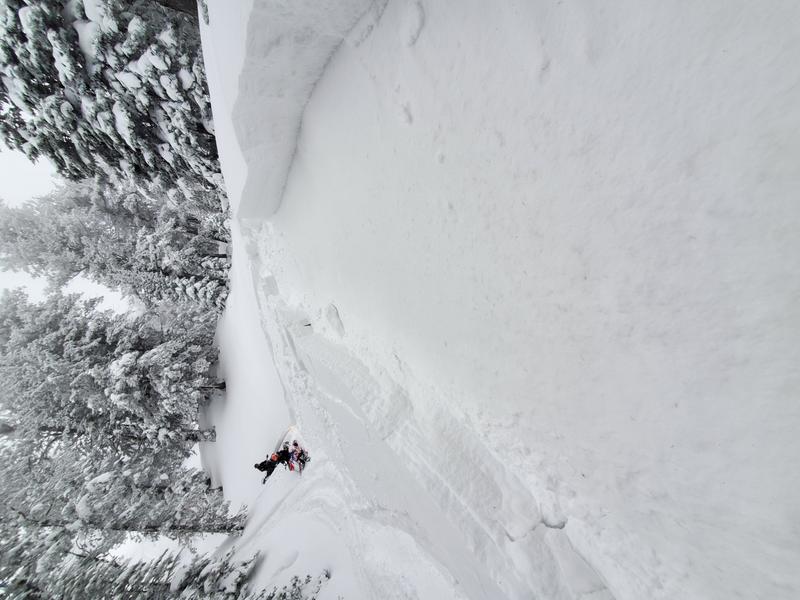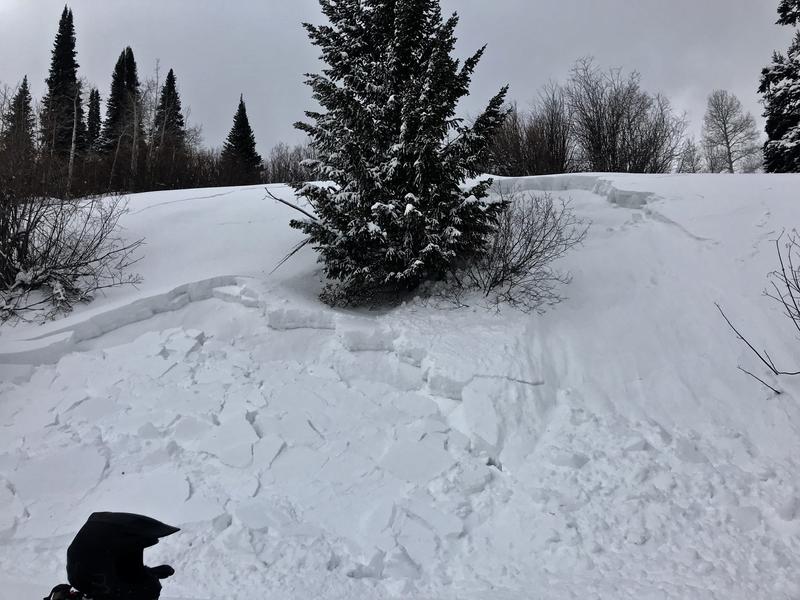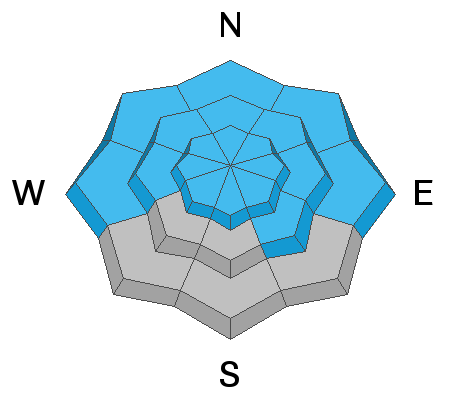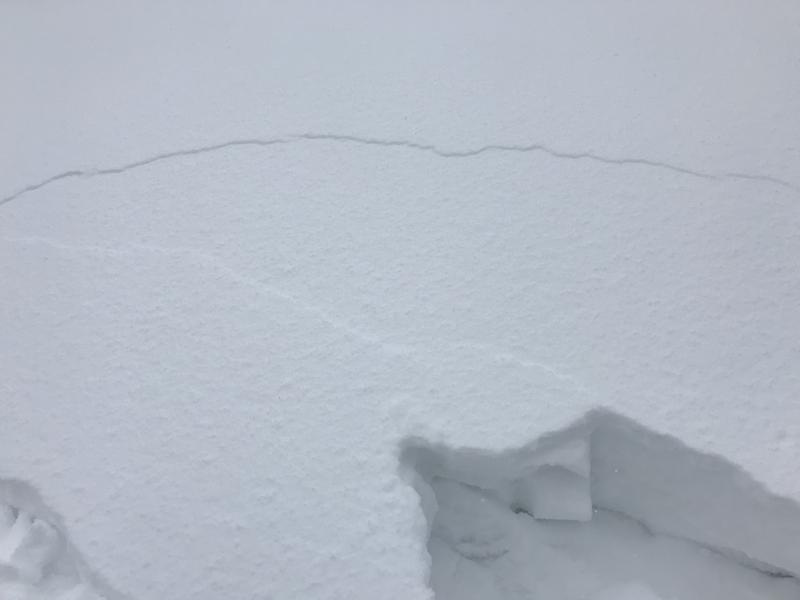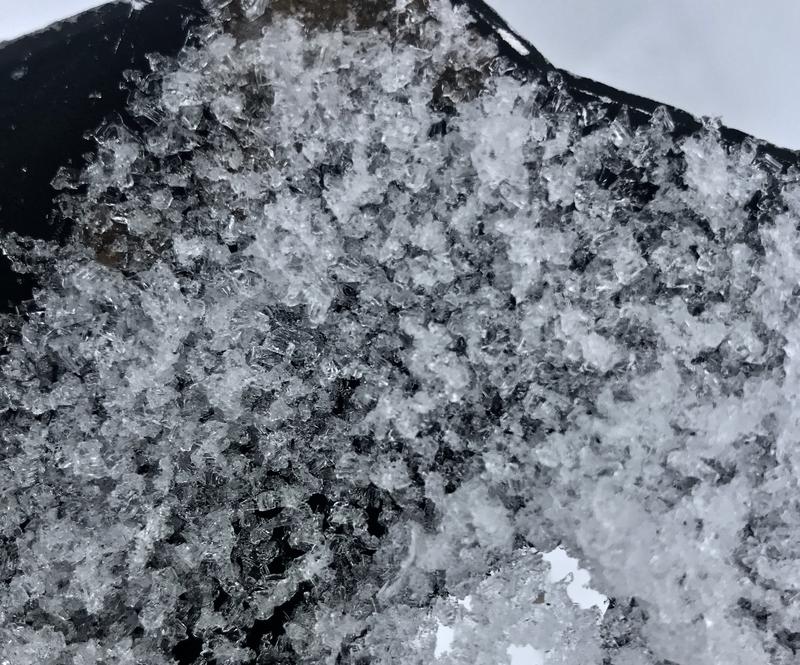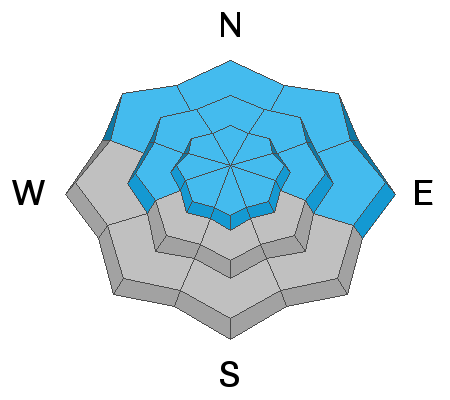Forecast for the Logan Area Mountains

Issued by Toby Weed on
Wednesday morning, January 6, 2021
Wednesday morning, January 6, 2021
Dangerous avalanche conditions exist on drifted upper and mid elevation slopes across the Logan Zone and people are likely to trigger avalanches failing on a sugary persitent weak layer near the ground. With more new snow, the danger is higher in the northern part of the zone, and the avalanche danger is HIGH. Avalanches are most likely on drifted upper and mid elevation slopes facing northwest through southeast, and possible in sheltered and lower elevation terrain. Avalanches could be triggered remotely or from a distance.
Continue to avoid travel in avalanche terrain today. Stay off, away from, and well out from under all drifted slopes steeper than about 30 degrees.

Low
Moderate
Considerable
High
Extreme
Learn how to read the forecast here


